Agriculture is the noblest of all forms of magical transformation; it turns the earth into absolute health and wealth. It has been the backbone of the livelihood security system since the beginning of time.

Agriculture has long been the backbone of Uganda’s economy.
Although we have made the climate and environment in Busoga region a bit unpleasant and harsh, agriculture has the potential to fuel the region to respectable standards of living and developmental heights. Agriculture can be depended upon, especially considering current environmental and modern equipment and agricultural practices.
Agricultural modernisation is sustainable agriculture—it is a sustainable and reliable food web. It brings to the surface the relationship between sustainability and the socio-ecological resilience of agricultural and food systems. It’s the reliable answer to ever-growing demands for equitable and sustainable food attuned to the necessities of ecology and the satisfaction of socio-economic preferences.
Some modern equipment requires a degree of investment that the region may need help to afford. Nonetheless, it doesn’t hurt to look in the right direction.
The process of agriculture modernisation includes mechanisation and chemicalisation. Mechanisation comes with higher capital intensity, whereas chemicalisation requires farmers to adopt practices that increase efficiency in using fertiliser and chemicals needed to produce a specific output level. It also entails quality training and education for farmers and genuinely reliable support in their related choices. It also calls for the need and desire to learn and adopt practices like crop rotation or integrated livestock crop rotation, intercropping, cover cropping or green manure, and composting waste materials.

Other factors that can influence farmers’ decisions to adopt agriculture technology may include land availability, education, proximity to markets, access to main roads, experience, gender, and age, soil fertility improvement, equipment and the ability to manage pests and diseases.
Compatibility, complexity, trialability and observability, attitudes, subjective norms, intentions, political conditions, expectancy-value models and underlying traditional and religious beliefs and ideologies cannot be underestimated either.
Organic farming that maintains soil fertility and the quality of the natural taste and feel of the product is a part of agricultural modernisation. It begs for attention, especially when one considers that local farmers have complained much about the overuse of chemicals that are not only substandard but are also fake and, ultimately, dangerous to the ecosystem.
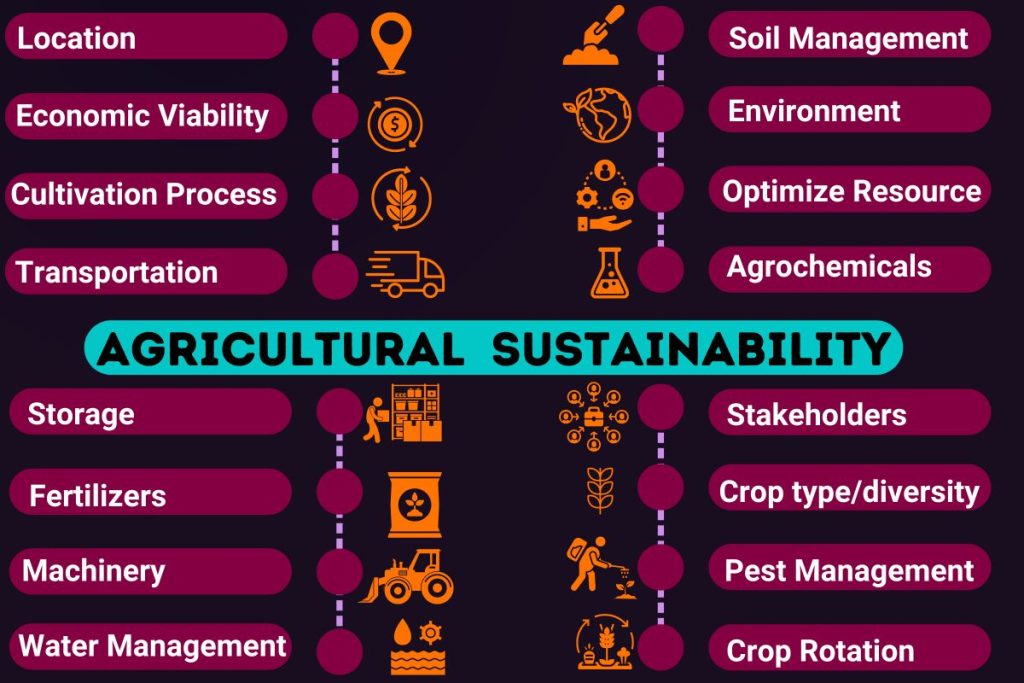
Sustainability in Agriculture
The term ‘sustainable’ seeks to emphasise the need to meet the community’s present food and material needs without compromising the ability of current or future generations to meet their other needs. It’s the awakening of a vigilant eye—to take a hard look at our present food production system and thoughtful evaluations of our long-term future support or permanence.
‘Sustainable’ also highlights a sense of direction and an urgency to spark excitement and innovative thinking in the agricultural world. It involves building an integrated system of plants and animals production practices with specific site applications that will, over the long term:
- Produce and satisfy human food, fibre needs and fuel to meet a rapidly rising population’s needs in a rapidly changing world.
- Enhance the quality of life for farmers and society as a whole.
- Protect the quality of the environment while expanding the supply of natural resources.
- Make the most efficient use of non-renewable resources and on-farm resources and integrate, where appropriate, natural biological cycles and controls.
- Sustain the economic viability of farm operations.
Today’s well-managed and sustainable modern agricultural approaches have proved that it is possible to farm sustainably without sacrificing yields and future aspirations.
The efficient and preferable modern agricultural system must be resource-conserving, socially supportive, commercially competitive, and environmentally sound.
Knowledge, Attitude and Perception about Agriculture
Several factors are affecting the agriculture industry in the Busoga region, some of which are demoralising.
The factors that can affect agricultural practices can be categorised into two variables: extrinsic and intrinsic. All the practical and theoretical frameworks about agricultural innovations that Busoga needs to adopt will have to pay attention to the effect these two categories might have on the intended outcome.
Intrinsic factors may include the potential adopter’s perception, attitudes and knowledge levels of the changes that need to be undertaken. Extrinsic factors are the external forces or pressures that arise from the outside of an individual, such as uncontrollable environmental changes and the bureaucratic decision-making process of authorities.
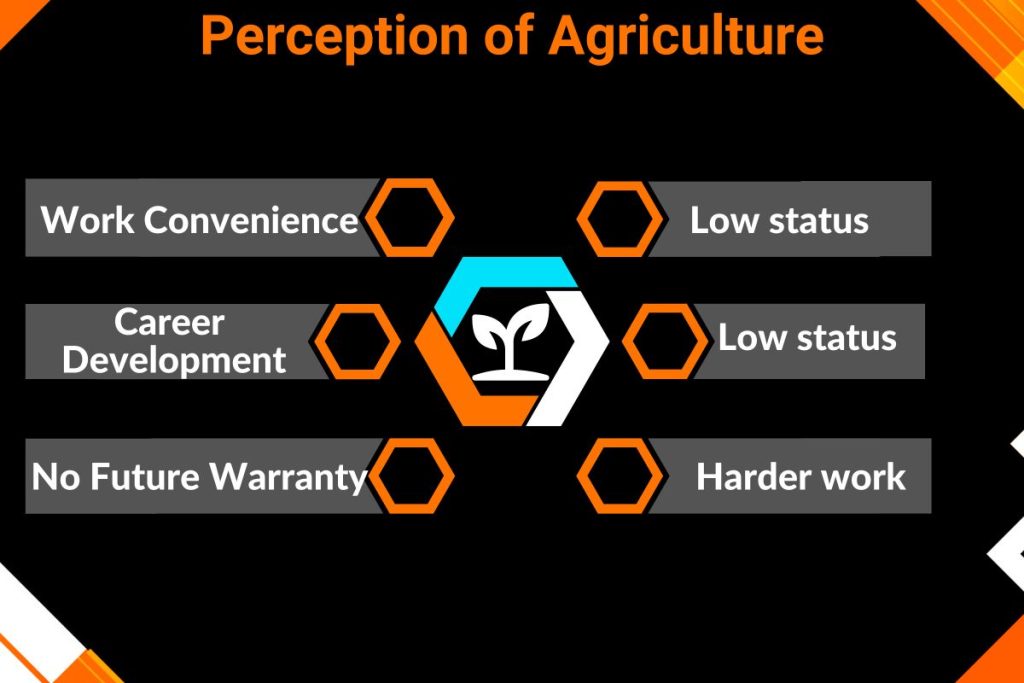
The information an individual may have about a new technology forms and shapes the basis of the perceptions and attitudes that this individual develops towards the technology and its related service.

Whereas knowledge refers to factual information and understanding of how the new technology works and what it can achieve, perceptions, on the other hand, relate to farmers’ views about it based on their felt needs and prior experiences. These do not necessarily align with reality. The knowledge and perceptions about innovation and previous experience determine people’s attitudes. And that attitude needs to be correct and in alignment with the objective, especially regarding agriculture.
For instance, a positive attitude towards agriculture will increase members’ chances to join the industry, especially the youth.

The more knowledge people have about the existence of a new technology, how to apply it, and what the outcomes will be in terms of products, yield, potential environmental benefits, risks and costs, will sharpen the quality of the decisions they will make henceforth.
A mechanistic understanding of how intrinsic and extrinsic factors interact and drive adoption can help in the education and training of interested members and in recommending the type of technology appropriate to influential factors and the objective.
As noted earlier, there is a shocking lack of quality information in Busoga region, and that gap should be closed. People would like to know more about their environment, especially regarding all other major industries that affect their lives, including agriculture.
How has agriculture been a critical developmental factor in the rise of sedentary human civilisation, whereby farming of domesticated species created food surpluses that enabled people to afford modernisation?
Normally, agriculture processes raw materials, which are then manufactured to feed other sectors that drive economic growth. Agriculture is a diverse industry, making it an excellent employment avenue, especially with the help of emerging innovative agricultural technologies.
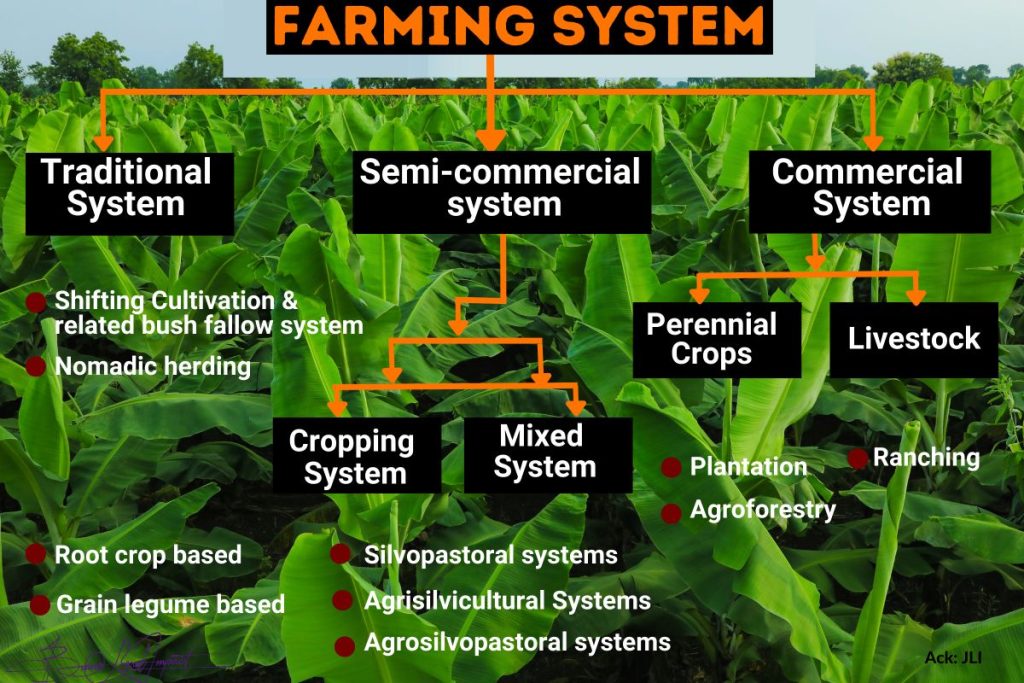
Knowledge of All Forms of Agriculture
Busoga region needs to know more about all forms of agricultural approaches and strategies, and systems, especially those they can apply in their existing activities. Take, for instance, agroforestry. It is a land-use management system in which trees or shrubs are grown around or among crops or pastureland. It is a land-use system where various trees are deliberately used on the same land-management units as crops and animals in some form of spatial arrangement.
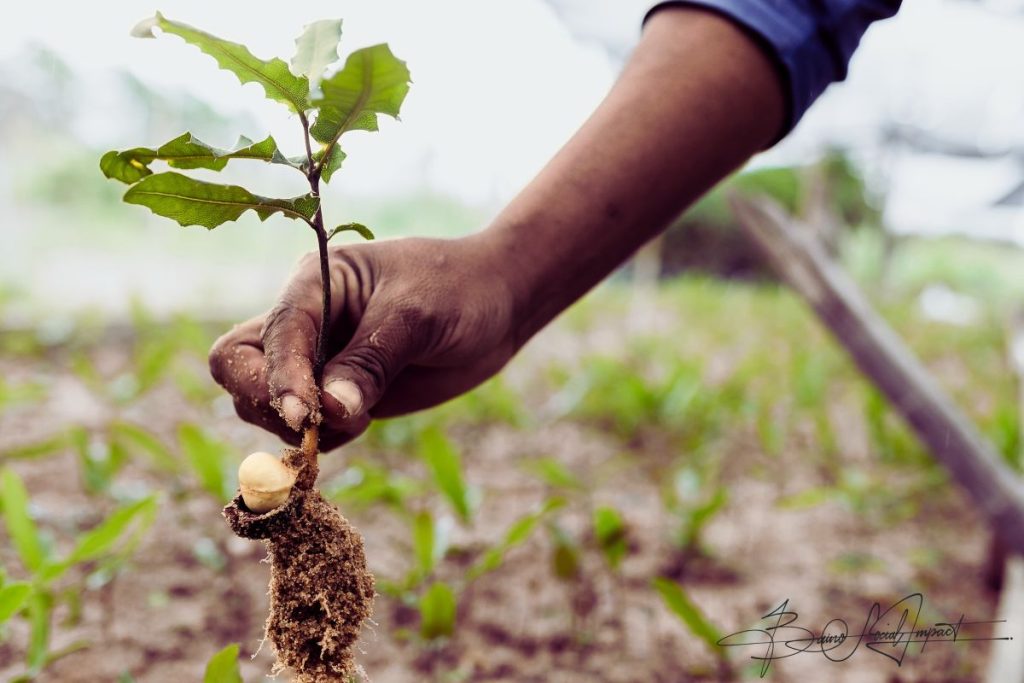
Agroforestry offers a wide range of benefits to farmers, including a positive effect on their livelihoods through increased crop yield and food security.
It has also proved to be a reliable approach to respond to the widespread activities that affect the environment, like forest conversion, where natural forests have been destroyed to use the land for other purposes. Agroforestry is an alternative human use of land.
At the moment, Busoga region lacks other alternative economic resources, and people are primarily dependent on subsistence agriculture for survival. It means that the region is vulnerable to the effects of environmental degradation. Dependable solutions are desperately required, and modern agricultural practices have the answers.

Meanwhile, our human population growth has resulted in more intensive agriculture and land-use pressures. It’s common knowledge that the overall reduction in crop yields in the region is mainly due to reduced soil fertility, which compromises food security. Then the cycle continues, leading to further depletion of soil fertility.
Traditional fallow periods that allow soil fertility replenishment are never practised, resulting in nutrient losses from the entire system. Consequently, it is no wonder that the region has been found to have one of the country’s highest proportions of undernourished people.
Access to Most Recent Scientific Research
Other than the cry-out for support to start carrying out research that is specific to Busoga region about its uniquely devastating challenges, there is also a need to become aware of and access other research information and alternative solutions that have been adopted and applied elsewhere, especially in communities that have had similar challenges to those faced in Busoga.
In southern Africa, a fertilizer tree technology system has been adopted. It can significantly raise crop yields and reduce food insecurity and enhance environmental services and agroecological resilience. How can Busoga region be a part of these promising services, at least in some measure practical enough to bring forth the required results?
Yes, lack of financial resources is an issue that stands in the way of taking up new agricultural innovation, but what steps were adopted by the ‘poorest of the poor’ elsewhere—those who couldn’t afford to take any risks by investing time and labour in new technologies?
Investigation into such a question could be revealing.
The fact is that a good number of farmers in Busoga are marginal farmers with no other regular off-farm income. Many of them can only afford one meal a day, with no influence at all, and they cannot afford to wait for an extended period without getting immediate benefits for their efforts.
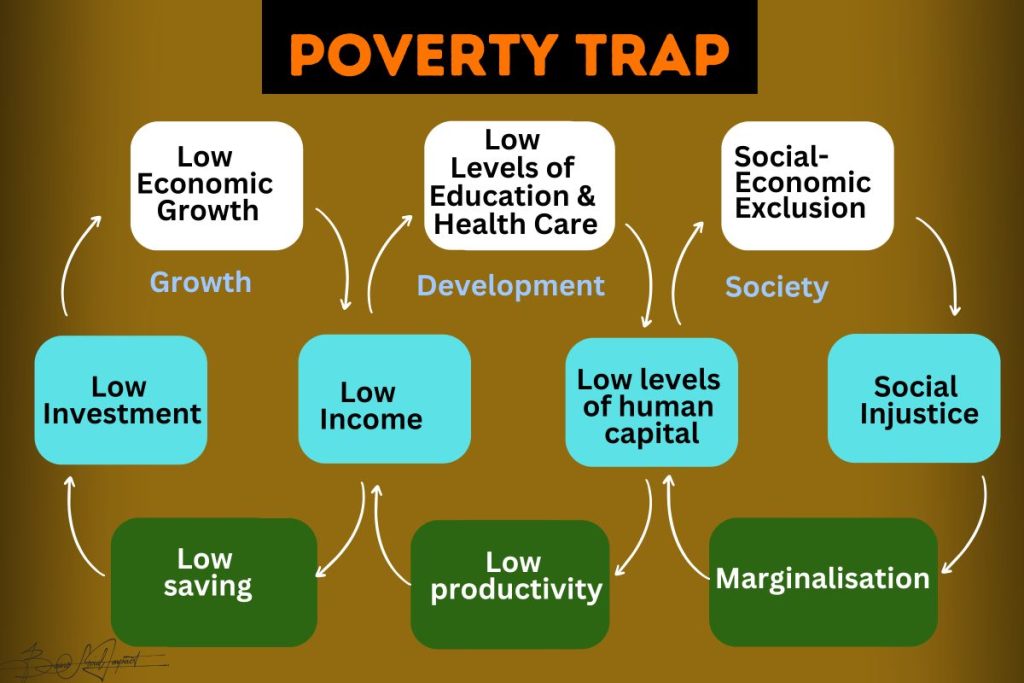
Stepping out of a cyclic rat race of poverty into a respectable literate society is not easy. For Busoga region, it’s going to be like discovering a vaccine. Agriculture has a proven potential to provide Busoga with the stepping stone to build a solid platform to kickstart its journey to attaining the defined vision. That vision is the future.
Like in other life-changing schemes mentioned here, fully functioning modern agricultural ideals require everyone’s involvement—all stakeholders, for financial support, for changing the negative mentality around agriculture, for building credibility and trust around these efforts, and for increasing the chances of attaining Busoga’s vision.
